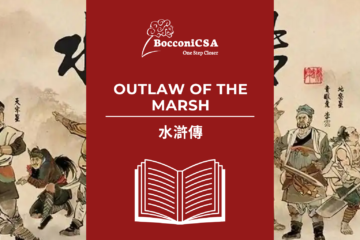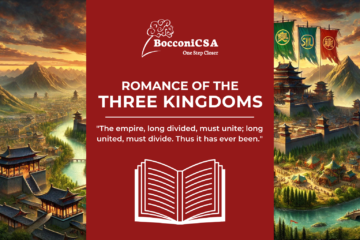Origin & introduction to the Chinese Martial Arts
The art of swordplay, attributed to the training of soldiers, was developed in the Pre-Qin period.
In the Han Dynasty, a competitive game resembling boxing was prevalent in society. Meanwhile, iron weapons were invented and used under the guidelines of fixed rules.
The peak of martial arts, however, was reached with the Tang Dynasty. Empress Wu Zetian adopted the imperial martial arts examination system, which gave rise to several martial arts talents.
This allowed Chinese martial arts to develop throughout the country: people started practising martial arts as an important aspect of people’s lives with creation of clubs to train together.
The Yuan Dynasty saw the establishment of martial arts training centers, with increasing interest among ordinary people, leading to many schools being found in the Ming & Qing Dynasty.
During ancient times, martial arts extended beyond self-defence, as it also helped individuals achieve their dreams, one’s social standing was dependent on their level of martial arts. The higher level they achieved, the more respect they were given from others. Besides that, one would serve the army and achieve self-actualization in the battlefield, hence further popularizing the practice of martial arts.
Martial art forms were also created by the imitation of different types of fighting techniques from animals, birds and insects. It stems from the belief that animals have the skill of survival in the harsh natural environment and henceforth have a natural talent and skill for fighting, therefore imitating would give optimal fighting techniques.
For example, the pouncing of the tiger and the attacking motions of the crane’s are carried in the arts. Martial techniques became part of Chinese culture over time, and the philosophy of the fighting arts and culture has been influenced by other elements of Chinese culture, evident by the Yin/Yang theory being adopted into the techniques
The five Chinese martial arts styles are as listed:
- Baguazhang (eight trigram palm)
It is a soft and internal style of martial arts, characterized by its breathing techniques and meditative qualities. Baguazhang utilizes circle walking as an integral part of the training. Practitioners walk around the edge of the circle in various low stances as they execute forms.
Baguazhang is also known for practising with both conventional and extremely large weapons, ultimately being known for being able to use anything as a weapon using the principles of their art.
- Kung Fu
Kung Fu is a term used to describe a wide variety of martial arts types in China. There are over 400 sub-styles of kung fu, of which, popular ones include Shaolin and Wing Chun amongst many others.
- Shuai Jiao
One of the first martial arts styles in China which initially served to teach troops how to use horns on their helmet to defeat enemies. Over the years, this style of fighting eventually morphed into a grappling art. In modern days, it covers various styles of wrestling practised in China in the form of a martial arts system or a sport.
- Tai Chi (supreme ultimate fist)
The term taiji is the Chinese cosmological concept for the yin and yang, hence leading to the development of a fist system based on the dynamic relationship between polarities of Yin and Yang. Tai chi is an internal martial arts style characterized by its breathing techniques, focusing on balance and serves as stress relief for a significant number of practitioners. Despite not being the most arguably effective self-defence style, it is still practised by many for meditative and health reasons.
- Wushu
Wushu is a hard and soft and complete martial art, as well as a full-contact sport. Competitive Wushu is composed of two main disciplines amongst others: Taolu (套路; forms) and Sanda (散打; sparring). Taolu involves martial art patterns, acrobatic movements and techniques. On the other hand, Sanda is a modern fighting method and a full-contact sport, containing boxing, wrestling and grappling techniques.
Credits to:
Chantelle Xin Yi Lee
Susan Hu



0 Comments